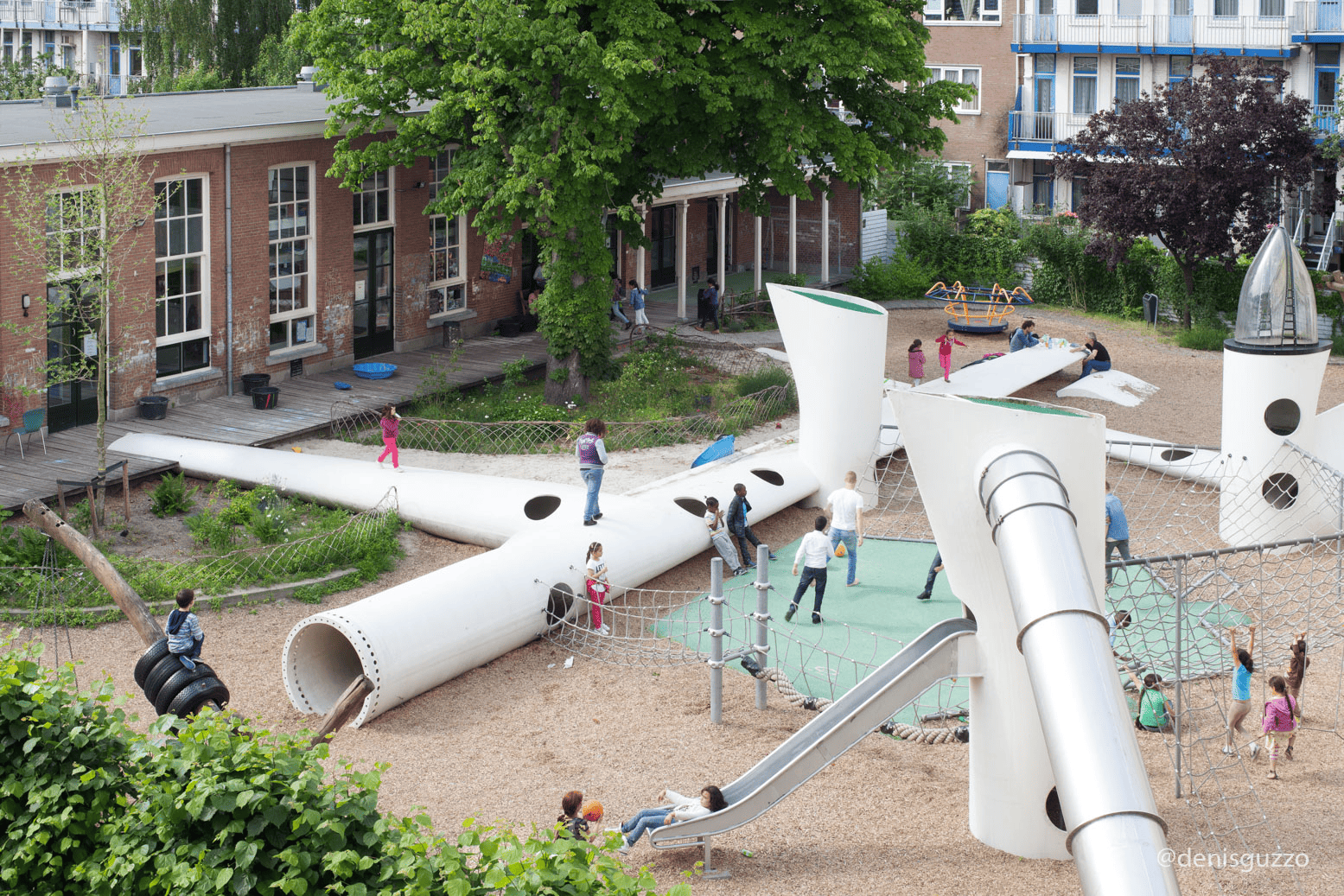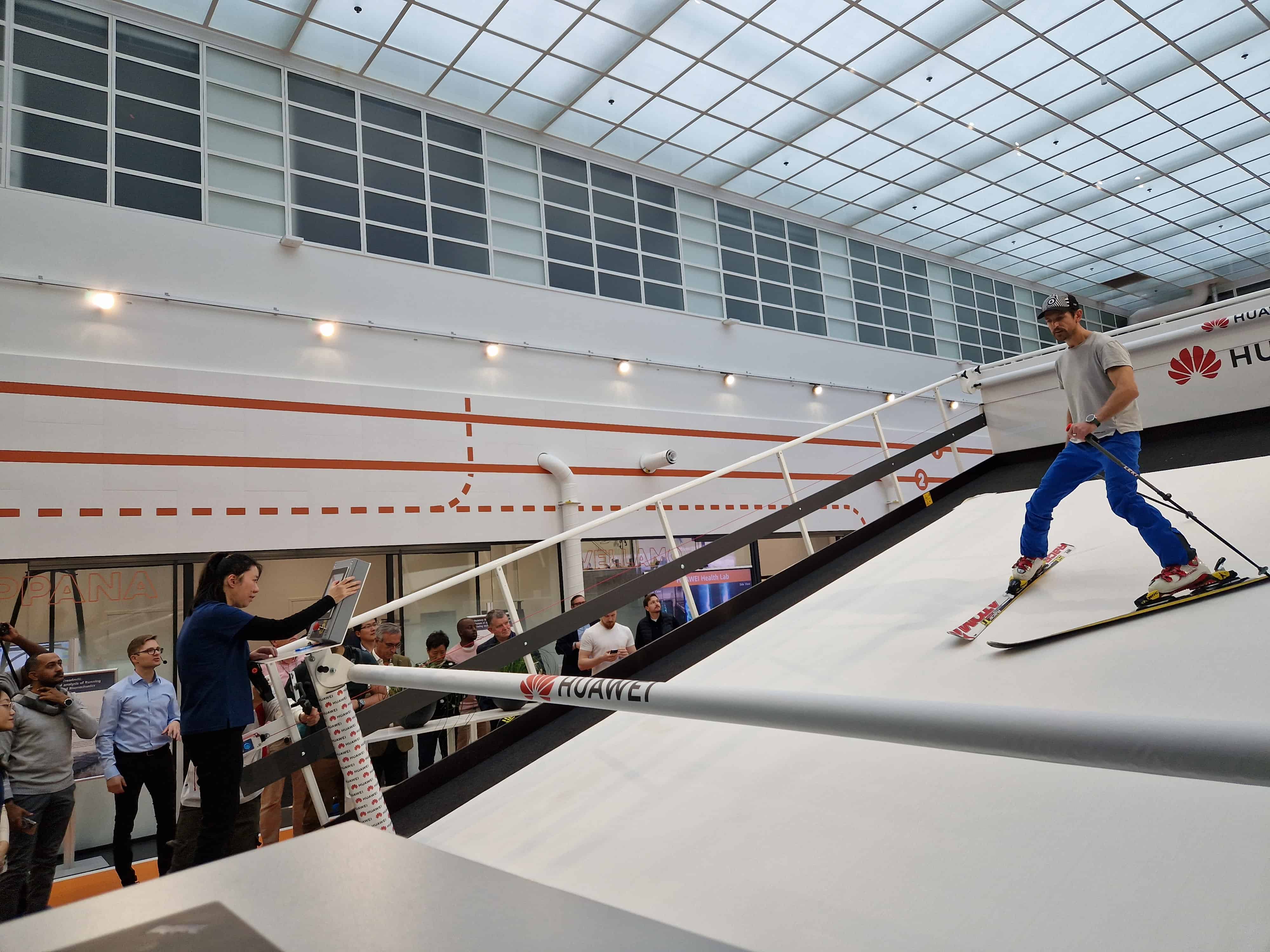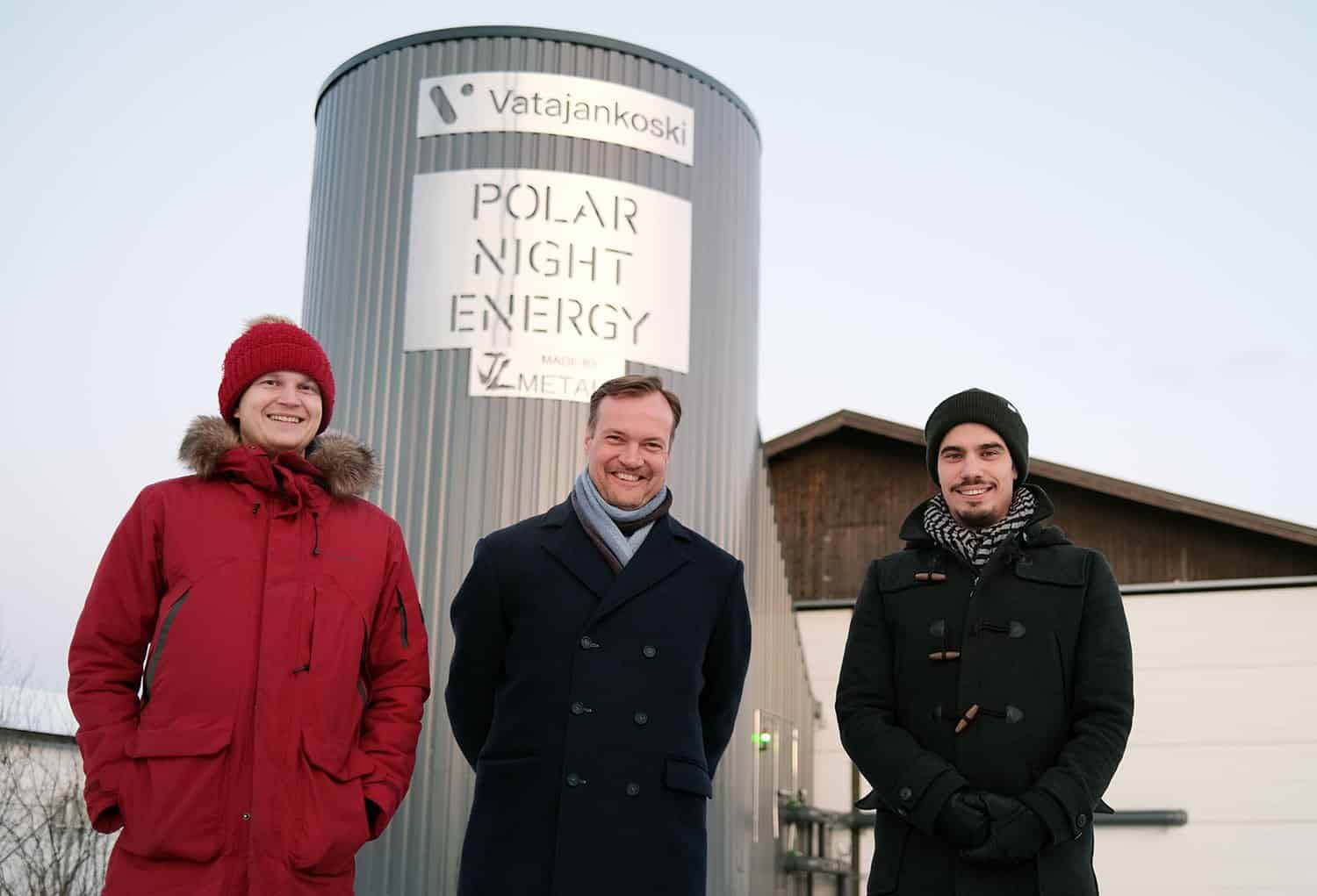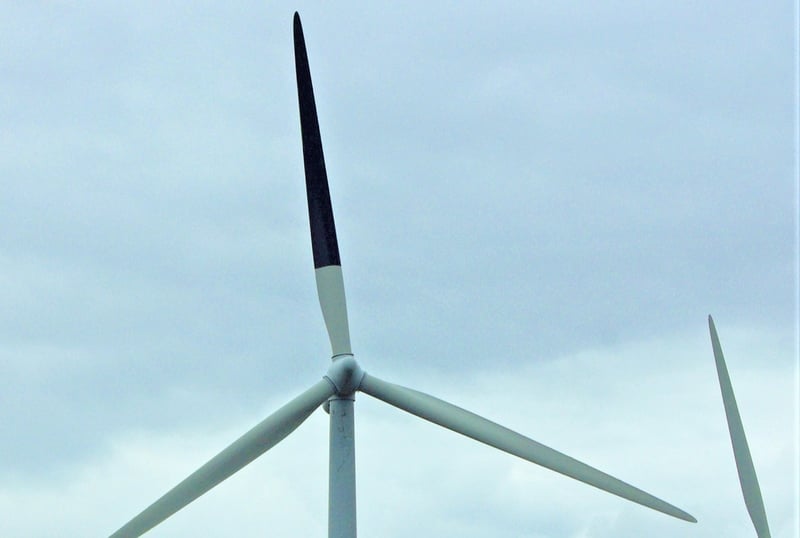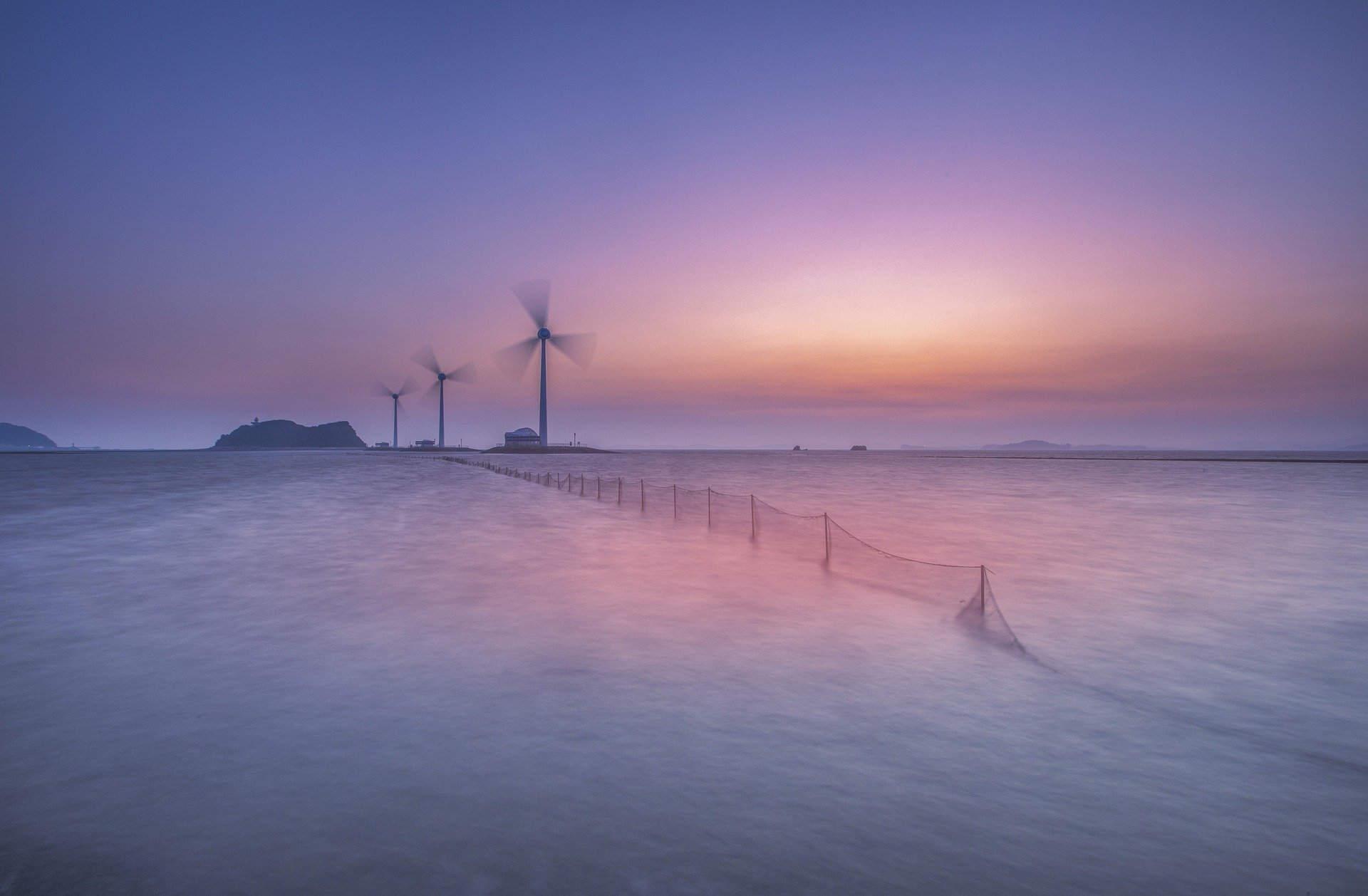
In the great outdoors, ice can form, break, melt and refreeze many times over a season. Add the realities of a warming climate, and predicting how tons of frozen H20 behave is tricky business.
An international team from Aalto University, Delft University of Technology, and Siemens Gamesa Renewable Energy is working to find out just what happens when 200-metre tall wind turbines meet seriously frosty conditions, like those seen in Northern Europe’s Baltic Sea, North America’s Great Lakes or China’s Bohai Bay. At the moment, off-shore wind farms are largely located in waters that don’t enter deep freezes, notes Aalto University in a press release.
‘We don’t actually know what kinds of force and pressure ice creates on off-shore wind turbines,’ says Arttu Polojärvi, assistant professor of ice mechanics at Aalto University. ‘This is the first time anyone has carried out fully controlled model-scale laboratory experiments to find out.’
Ice is a serious concern
Ice-induced vibrations, the tiny or large shakes that occur when ice collides with infrastructure, are one of the major concerns for bringing the massive turbines into ice-infested areas.
Aalto Ice Tank, the world’s largest indoor ice basin measuring 40 by 40 metres, is one of the only places globally where researchers can customize huge slabs of ice and precisely test how they interact with these kinds of human-made structures.
‘What’s special about our experiments that we’ve tested at -11 degrees Celsius to make sure the ice is strong and breaks realistically,’ explains Hayo Hendrikse, assistant professor in ice-structure interaction at TU Delft.
Testing different scenarios
The physical testing was carried out with a 30:1-scale model pile, with the help of numerical modelling to simulate wind and other conditions a wind turbine would encounter at sea. In real-life terms, the load exerted from the ice during the experiments would be around 8 meganewtons – that’s the combined thrust of 16 of the largest aircraft engines.
‘The preliminary results show something that we haven’t seen before in other structures, like lighthouses, channel markers, or oil and gas platforms. A wind turbine is very tall and slender and can move a lot; what we’ve seen in our experiments seems to be a totally new type of ice-induced vibration,’ says Hendrikse.
The Shiver project team is now working to create robust numerical models based on the data collected in order to test various scenarios that a wind turbine might encounter in chilly conditions over half a century of service. The data is available open access and is now published in the journal Data-in-Brief.
The research has been funded by Siemens Gamesa Renewable Energy and TKI Wind Op Zee. Polojärvi has recently received funding from The Academy of Finland to lead further development and create a modellingengine for forecasting future marine environmental and ice conditions. The aim is that the modelling engine will also aid in the the design and optimisation of cold-region offshore wind farms.
Also interesting: Mapping the reliability of a wind turbine – not something to do overnight
Selected for you!
Innovation Origins is the European platform for innovation news. In addition to the many reports from our own editors in 15 European countries, we select the most important press releases from reliable sources. This way you can stay up to date on what is happening in the world of innovation. Are you or do you know an organization that should not be missing from our list of selected sources? Then report to our editorial team.

